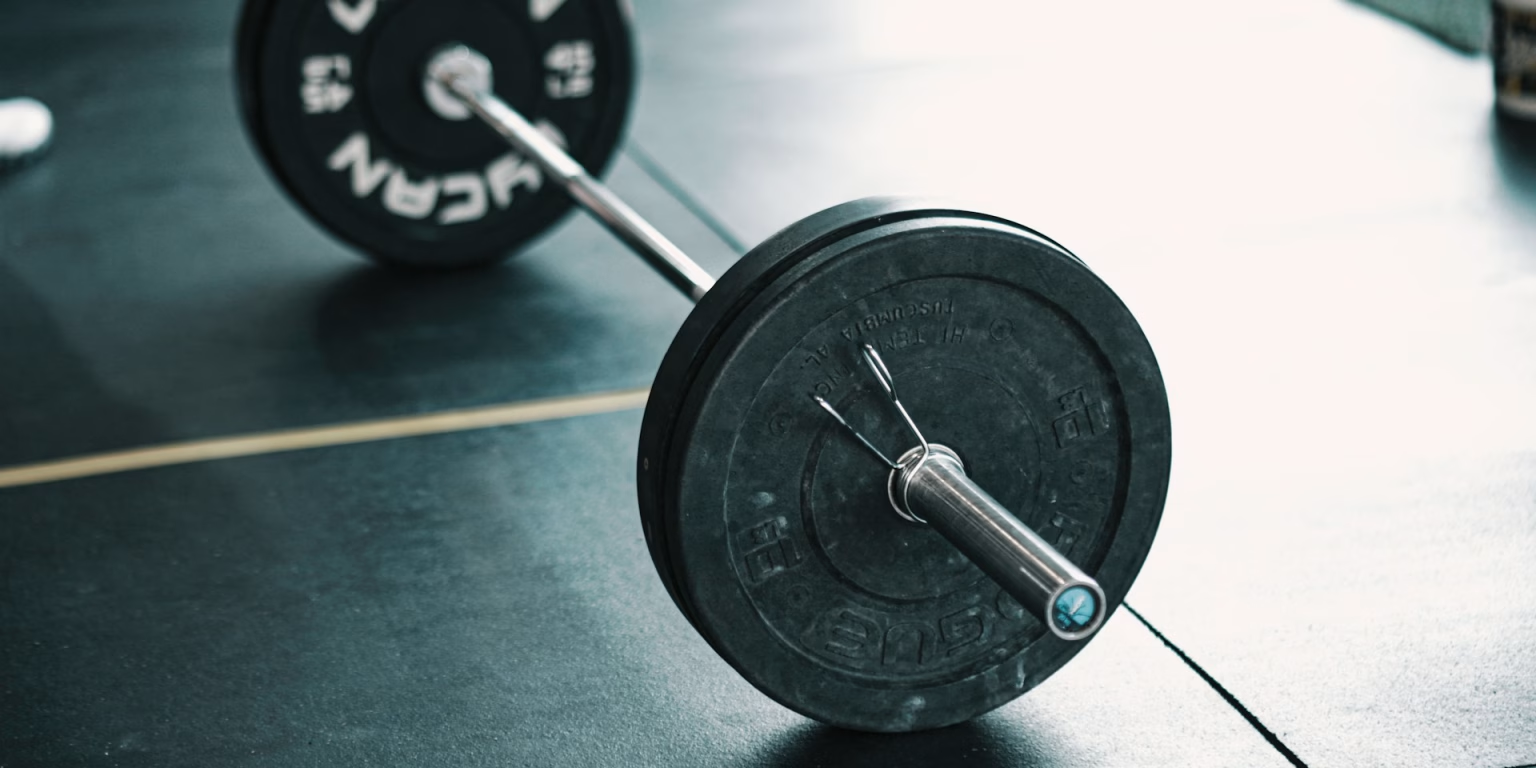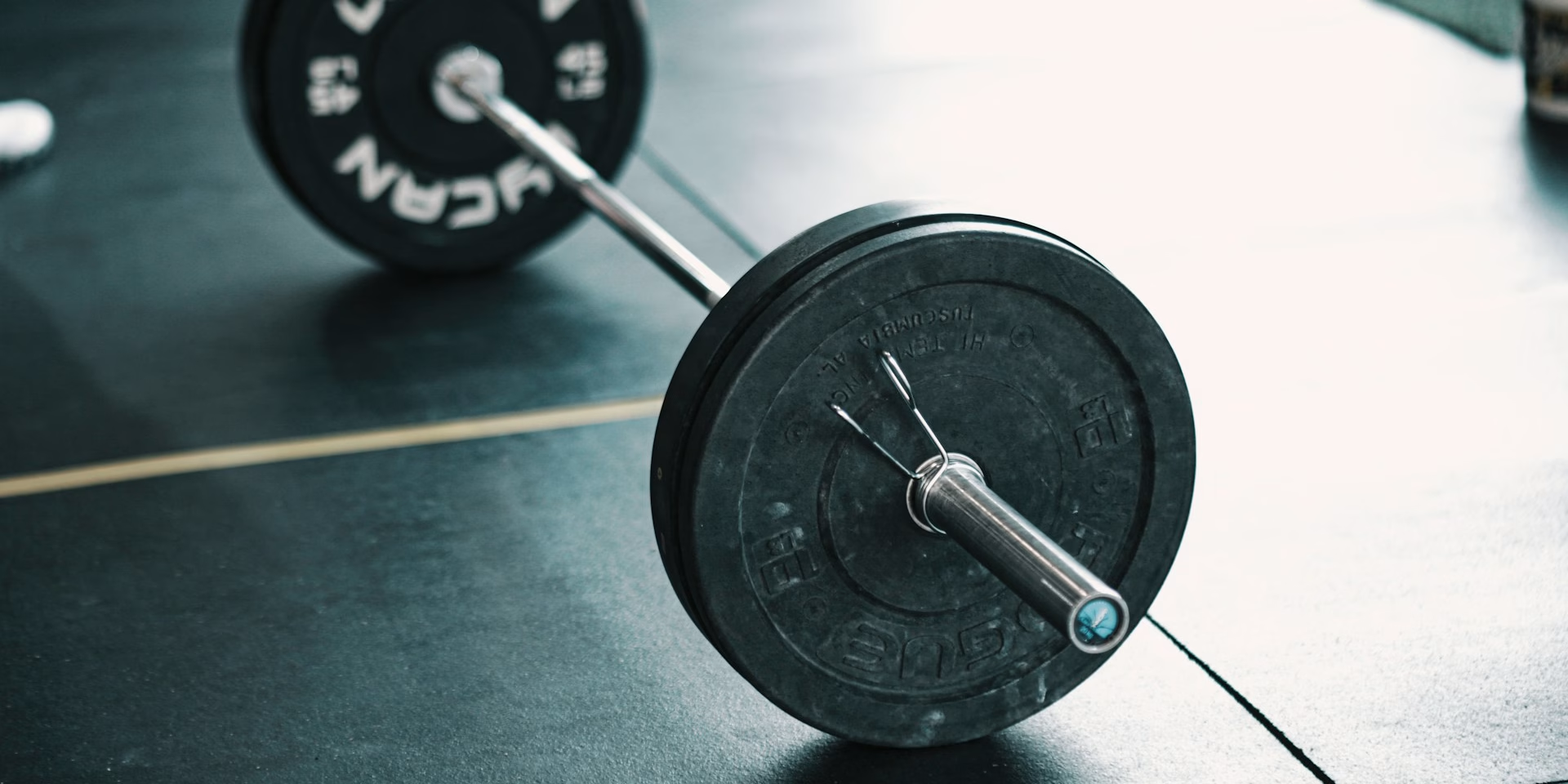Why is Progressive Overload Essential for Your Progress?
Your body adapts to the stress you put on it. However, if you always train with the same weight or run the same distance, you will stagnate. The solution? Progressive overload! Learn why it’s crucial, which methods exist, and how you can optimize your training effectively.
Whether you want to build muscle, run faster, or improve your overall fitness – your body responds to the stimuli you give it. But what happens when you keep training with the same weights or running the same distance every week? Your progress stagnates. This is where the principle of progressive overload comes into play.
It states that you must systematically increase your training load to continue making progress. Without new stimuli, there is no adaptation. But how does this work, and which strategies are most effective? In this article, you will get a scientifically based and practical introduction to one of the most important training principles.
The Basics: What Is Progressive Overload?
Definition & Its Importance for Your Training
The principle of progressive overload describes the systematic increase in training intensity to continuously expose the body to new adaptive stimuli. It is based on the idea that the human body only becomes stronger when it is regularly pushed beyond its previous limits (Kraemer & Ratamess, 2004).
Progression can occur in several ways – by gradually increasing resistance, performing more repetitions, or increasing training frequency (Schoenfeld, Grgic & Krieger, 2019). The key is to ensure a controlled and appropriate increase to avoid overuse and injuries (Haff & Triplett, 2016).
Historical Origins: From Milo of Croton to Today
The idea of progressive overload is not new. It was applied as early as ancient Greece, as seen in the legend of Milo of Croton. According to the story, Milo lifted a newborn calf every day and carried it around. As the calf grew, so did its weight – and Milo continuously became stronger.
This principle of gradual overload is the foundation of modern training approaches (Fleck & Kraemer, 2014). It was scientifically validated in the 20th century through numerous studies on muscle hypertrophy and strength development (Wilmore & Costill, 2004).
Physiological Adaptations: What Happens in Your Body?
The human body adapts to stress by building muscle, strengthening the cardiovascular system, and improving neuromuscular efficiency. These adaptations result from complex physiological processes triggered by mechanical, metabolic, and neural stimuli (Wilmore & Costill, 2004). Without continuous adaptation to new challenges, progress stalls – a phenomenon known as a training plateau.
A key mechanism in this adaptation is supercompensation. After a training stimulus, the body goes through a recovery phase in which it not only restores its previous performance level but surpasses it to better handle future stress (Zatsiorsky & Kraemer, 2006). This involves new muscle protein synthesis, improved oxygen uptake, and more efficient neuromuscular control (Bompa & Haff, 2009). Achieving sustainable progress requires a balance between training and recovery to avoid overtraining and injuries.
The 5 Most Effective Methods for Training Progression
An effective training plan requires continuous adaptation of the workload to ensure progress. There are various ways to gradually increase training intensity and challenge the body.
1. More Weight – Safely Increasing Strength
A proven method for increasing muscle strength and mass is gradually adding weight. A reasonable guideline is a 2.5–5% increase per week to prevent overuse injuries (Kraemer & Ratamess, 2004). A slow but steady progression helps to prevent injuries and ensures long-term success (Zatsiorsky & Kraemer, 2006).
2. More Repetitions & Sets for Greater Training Volume
Another approach to progression is increasing training volume, meaning the total number of repetitions and sets. A gradual adjustment, such as going from 3×8 to 3×10 reps, can improve muscular endurance and lead to long-term strength gains (Schoenfeld et al., 2016). The key is to tailor the workload to individual performance levels.
3. Shorter Rest Periods for Higher Intensity
Reducing rest periods between sets can increase metabolic stress and improve cardiovascular fitness (Haff & Triplett, 2015). Shorter breaks enhance training density and boost fatigue resistance – particularly beneficial in high-intensity interval training (HIIT).
4. More Frequent Training for Better Adaptation
Increasing the number of weekly training sessions can also be an effective way to make progress. Studies show that higher training frequency with the same total volume can lead to better muscle hypertrophy (Schoenfeld et al., 2019). However, ensuring adequate recovery time is crucial to prevent overtraining and fatigue.
5. More Complex Exercises for Greater Muscle Activation
Advanced athletes benefit from compound exercises that engage multiple muscle groups simultaneously. Multi-joint movements like squats or deadlifts not only promote strength development but also improve intermuscular coordination (Behm & Sale, 1993). Unilateral movements or unstable surfaces can provide additional stimuli and enhance functional performance.
The choice of progression method depends on individual goals, training experience, and tolerance to stress. A well-thought-out combination of different methods ensures long-term success and continuous performance improvements.
Implementing Progressive Overload in Your Training Plan
Beginners vs. Advanced Athletes: Which Strategy Works for You?
An effective training program is based on structured and individualized progression. Beginners often benefit from gradually increasing weights or repetitions to help their bodies adjust to new stresses. Advanced athletes, on the other hand, require systematic periodization to avoid overuse and maintain continuous progress.
How to Periodize Your Training
Long-term training success depends heavily on proper periodization.
- Linear periodization increases volume and intensity over a longer period in consecutive phases (Kraemer & Fleck, 2007).
- Undulating periodization, on the other hand, varies training loads within shorter time frames, such as within a week, allowing for continuous adaptation and performance improvements (Rhea et al., 2002).
Both methods have advantages, and the choice depends on the athlete’s individual training history and goals.
Challenges & Solutions for Breaking Through Plateaus
Why Progress Stagnates – and How to Overcome It
Every individual responds differently to training stimuli. Factors such as genetics, age, gender, and training history influence adaptability. A flexible training approach that considers personal needs is therefore essential (Wilmore & Costill, 2004; Zatsiorsky & Kraemer, 2006).
Recovery & Regeneration: The Key to Progress
Progress naturally stalls at times. To break through plateaus, incorporating deload weeks—where training volume or intensity is reduced for a week—can be beneficial (Kraemer & Fleck, 2007). Another strategy is introducing new exercises or modifications to challenge different muscle groups (Rhea et al., 2002).
Proper Technique: Minimizing Injury Risk
Rapidly increasing training load can significantly raise the risk of injury. Focusing on proper technique ensures both safety and optimal training effects (McGill, 2014). Controlled progression, individualized adjustments, and adequate recovery are essential for long-term success (Zatsiorsky & Kraemer, 2006).
Conclusion: No Progress Without Progressive Overload!
Success in training doesn’t happen overnight. To improve performance, the body must be systematically challenged—without being overwhelmed. Progress isn’t just about lifting heavier weights but also about adjusting repetitions, rest times, and exercise complexity. A long-term strategy that balances progression, recovery, and injury prevention ensures sustainable success in strength training, endurance sports, and general fitness goals.
Patience and discipline will lead to long-term success!
References
- Behm, D.G. and Sale, D.G. (1993) ‘Velocity specificity of resistance training’, Sports Medicine, 15(6), pp. 374–388.
- Bompa, T.O. and Buzzichelli, C.A. (2019) Periodization: Theory and methodology of training. 6th edn. Champaign, IL: Human Kinetics.
- Bompa, T.O. and Haff, G.G. (2009) Periodization: Theory and methodology of training. 5th edn. Champaign, IL: Human Kinetics.
- Cramer, J.T., Stout, J.R., Culbertson, J.Y. and Egan, A.D. (2002) ‘Effects of different resistance training protocols on mood state’, Journal of Strength and Conditioning Research, 16(1), pp. 17–26.
- Fleck, S.J. and Kraemer, W.J. (2014) Designing resistance training programs. 4th edn. Champaign, IL: Human Kinetics.
- Haff, G.G. and Triplett, N.T. (2016) Essentials of strength training and conditioning. 4th edn. Champaign, IL: Human Kinetics.
- Kraemer, W.J. and Fleck, S.J. (2007) Optimizing strength training: Designing nonlinear periodization workouts. Champaign, IL: Human Kinetics.
- Kraemer, W.J. and Ratamess, N.A. (2004) ‘Fundamentals of resistance training: Progression and exercise prescription’, Medicine & Science in Sports & Exercise, 36(4), pp. 674–688.
- Locke, E.A. and Latham, G.P. (2002) ‘Building a practically useful theory of goal setting and task motivation’, American Psychologist, 57(9), pp. 705–717.
- McGill, S.M. (2014) Ultimate back fitness and performance. 6th edn. Waterloo, ON: Backfitpro Inc.
- Rhea, M.R., Alvar, B.A., Burkett, L.N. and Ball, S.D. (2002) ‘A meta-analysis to determine the dose response for strength development’, Medicine & Science in Sports & Exercise, 34(2), pp. 364–368.
- Ryan, R.M. and Deci, E.L. (2000) ‘Self-determination theory and the facilitation of intrinsic motivation, social development, and well-being’, American Psychologist, 55(1), pp. 68–78.
- Schoenfeld, B.J., Grgic, J. and Krieger, J.W. (2019) ‘How many times per week should a muscle be trained to maximize muscle hypertrophy? A systematic review and meta-analysis of studies examining the effects of resistance training frequency’, Journal of Sports Sciences, 37(11), pp. 1286–1295.
- Schoenfeld, B.J., Ogborn, D. and Krieger, J.W. (2016) ‘Effects of resistance training frequency on muscle hypertrophy: A systematic review and meta-analysis’, Sports Medicine, 46(11), pp. 1689–1697.
- Wilmore, J.H. and Costill, D.L. (2004) Physiology of sport and exercise. 3rd edn. Champaign, IL: Human Kinetics.
- Zatsiorsky, V.M. and Kraemer, W.J. (2006) Science and practice of strength training. 2nd edn. Champaign, IL: Human Kinetics.





